Redmi Watch 3 vs 4 vs 5: Full Comparison & Evolution
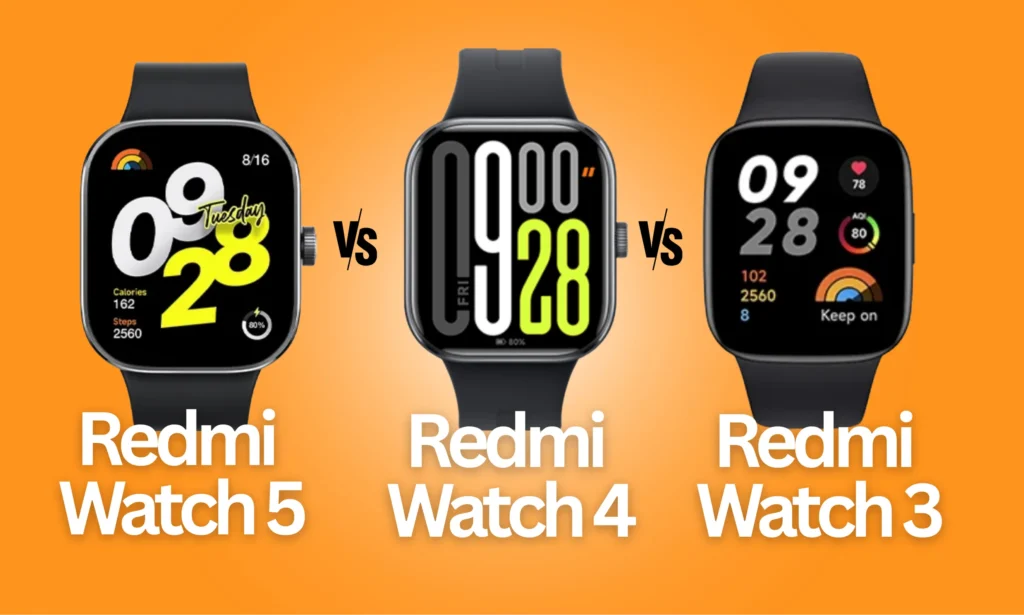
Redmi Watch 3 vs. Redmi Watch 4 vs. Redmi Watch 5: A Comprehensive Comparison and Evolution
Xiaomi has truly carved out a significant space in the wearable tech market with its Redmi Watch series. These smartwatches consistently manage to blend sleek design, practical functionality, and, crucially, wallet-friendly prices. We’ve seen the evolution from the Redmi Watch 3 in 2023 all the way to the Redmi Watch 5 in 2025, and it’s been quite the journey. This lineup has been steadily adapting to what users actually want and need, giving established players like Apple, Samsung, and Fitbit a serious run for their money. In this article, we’re going to dive deep into how the Redmi Watch 3, Redmi Watch 4, and Redmi Watch 5 have changed over time. We’ll figure out who’s buying these, where they’re most popular, and answer all those burning questions you might have. Plus, we’ve got a handy comparison table and a FAQ section to clear up any confusion.
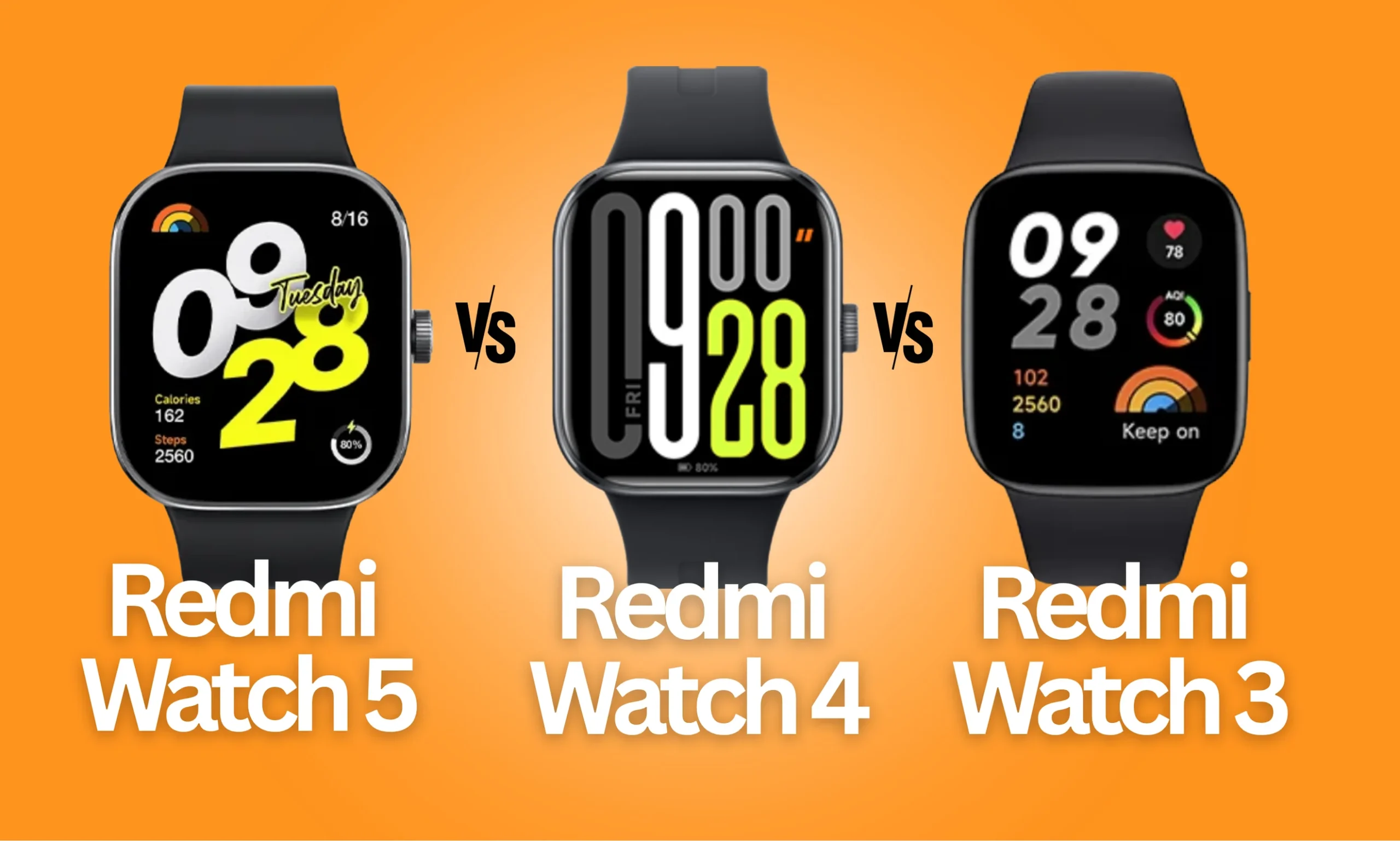
The Evolution of Redmi Watches: From Basic Functionality to Affordable Sophistication
Redmi Watch 3: The Start of a Price-to-Value Legend
When the Redmi Watch 3 dropped in March 2023, it really set a new standard for mid-to-low-end smartwatches. Initially priced at around €119.99, it quickly saw price drops to about €70 on platforms like Amazon, making it a fantastic value proposition. Here’s what made it stand out:
- Display: It packed a 1.75-inch AMOLED screen with a crisp 390 x 450 pixel resolution, running at 60 Hz. With up to 600 nits of brightness, the colors popped, and it was generally viewable outdoors, though it lacked automatic brightness adjustment. [Source: Xataka]
- Battery: The 289 mAh battery was good for up to 12 days of moderate use. If you were a heavy user, especially with GPS on, you were looking at around 8-9 days, which is still pretty decent for the price. [Source: Xataka]
- Design: It featured a plastic body with a shiny metallic finish, coming with black or ivory silicone straps. Water resistance was rated at 5 ATM, which is fine for swimming in shallow waters but steer clear of hot showers or diving. [Source: Mi.com]
- Features: You got 121 sports modes, built-in GPS (supporting GPS, Galileo, GLONASS, QZSS), and all the usual health tracking suspects like heart rate, SpO2, sleep, and stress. Plus, you could take and make Bluetooth calls, though you needed your phone nearby as there was no standalone SIM. [Source: Xataka, ComputerHoy]
- Operating System: Running on RTOS (Real Time OS), it offered a smooth experience but was limited when it came to advanced features like replying to notifications directly or storing music offline. [Source: ComputerHoy]
Overall, the Redmi Watch 3 was praised for its lightweight design (just 37 grams with the strap), the vibrant AMOLED screen, and solid battery life. However, users did point out some downsides, like the lack of NFC in many regions, the call quality being just okay, and the silicone straps sometimes feeling a bit flimsy and prone to wear over time. [Source: Topes de Gama]
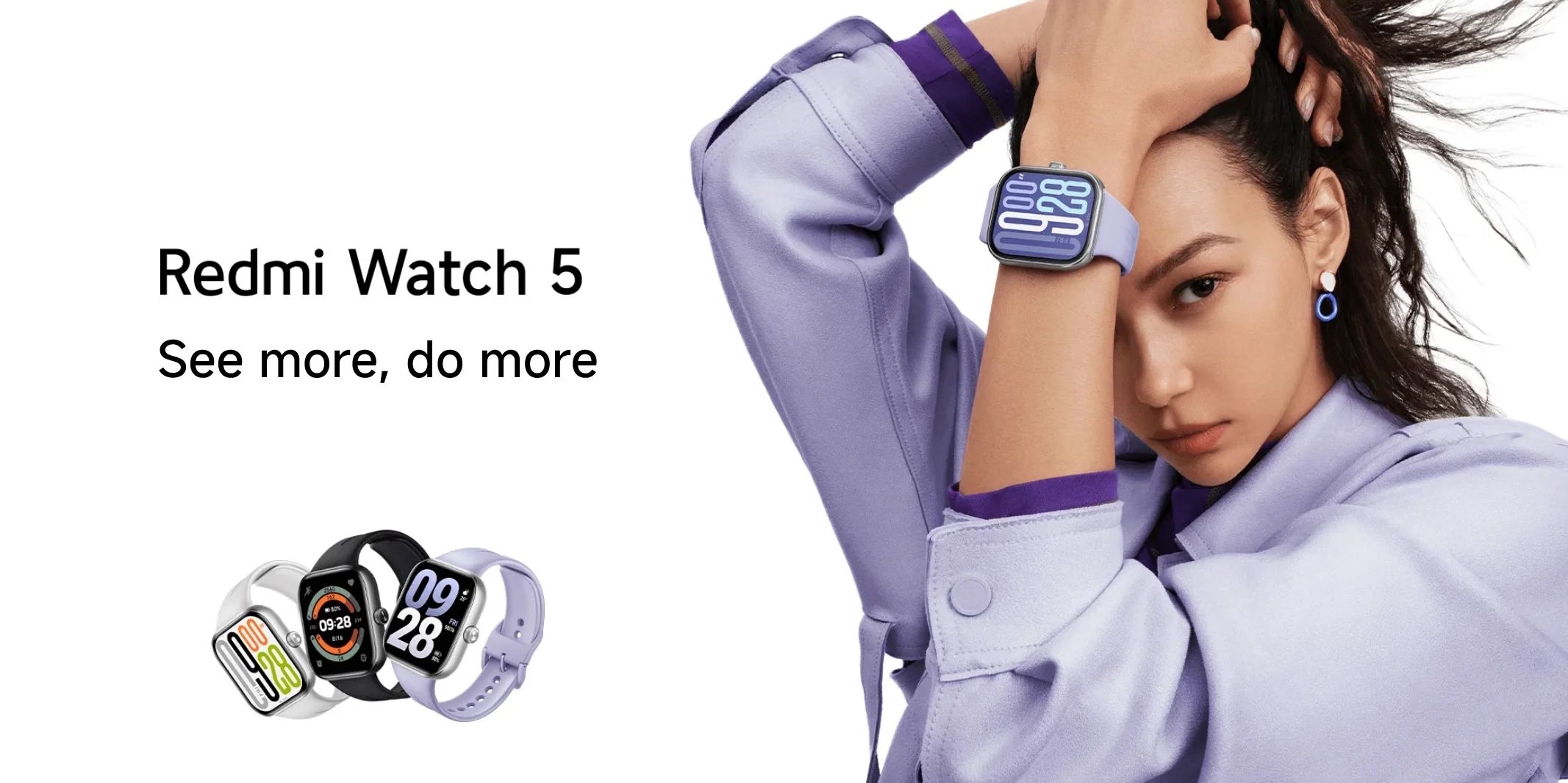
Redmi Watch 4: A Leap Forward in Design and Battery Life
Hitting the market in late 2023, the Redmi Watch 4 brought some serious upgrades that really put it in contention with pricier devices like the Honor Watch 4 or Fitbit Charge 6, all while sticking to an accessible €99 price point. This model definitely upped the ante for the series:
- Display: It boasted a larger 1.97-inch AMOLED display, keeping the 390 x 450 resolution and 60 Hz refresh rate. The big win here was the addition of automatic brightness adjustment, boosting outdoor visibility. [Source: Xataka, Androidphoria]
- Battery: The jump to a 470 mAh battery was a game-changer, pushing the battery life to an impressive 20 days with moderate use. Even with heavy usage, you were still looking at a solid 10-12 days, a significant improvement. [Source: Androidphoria]
- Design: This model featured a more premium, lightweight aluminum body with interchangeable silicone straps in black, beige, and blue. It maintained the 5 ATM water resistance. [Source: Elefante Tecnologico]
- Features: Sports modes expanded to over 120 with auto-detection, and it included dual-band GPS for better accuracy. Health tracking was still on point, and Bluetooth calls remained. The most significant upgrade was the move to Xiaomi’s own HyperOS, offering a much smoother, faster interface and better integration within the Xiaomi ecosystem. [Source: Androidphoria]
- Connectivity: It stepped up to Bluetooth 5.3 for a more efficient connection and included NFC (though again, market-dependent). [Source: Androidphoria]
The Redmi Watch 4 was widely celebrated for its more premium feel, improved battery life, and the slickness of HyperOS. However, some users still wished for offline music storage and the ability to reply to notifications directly from the watch. [Source: Xataka]
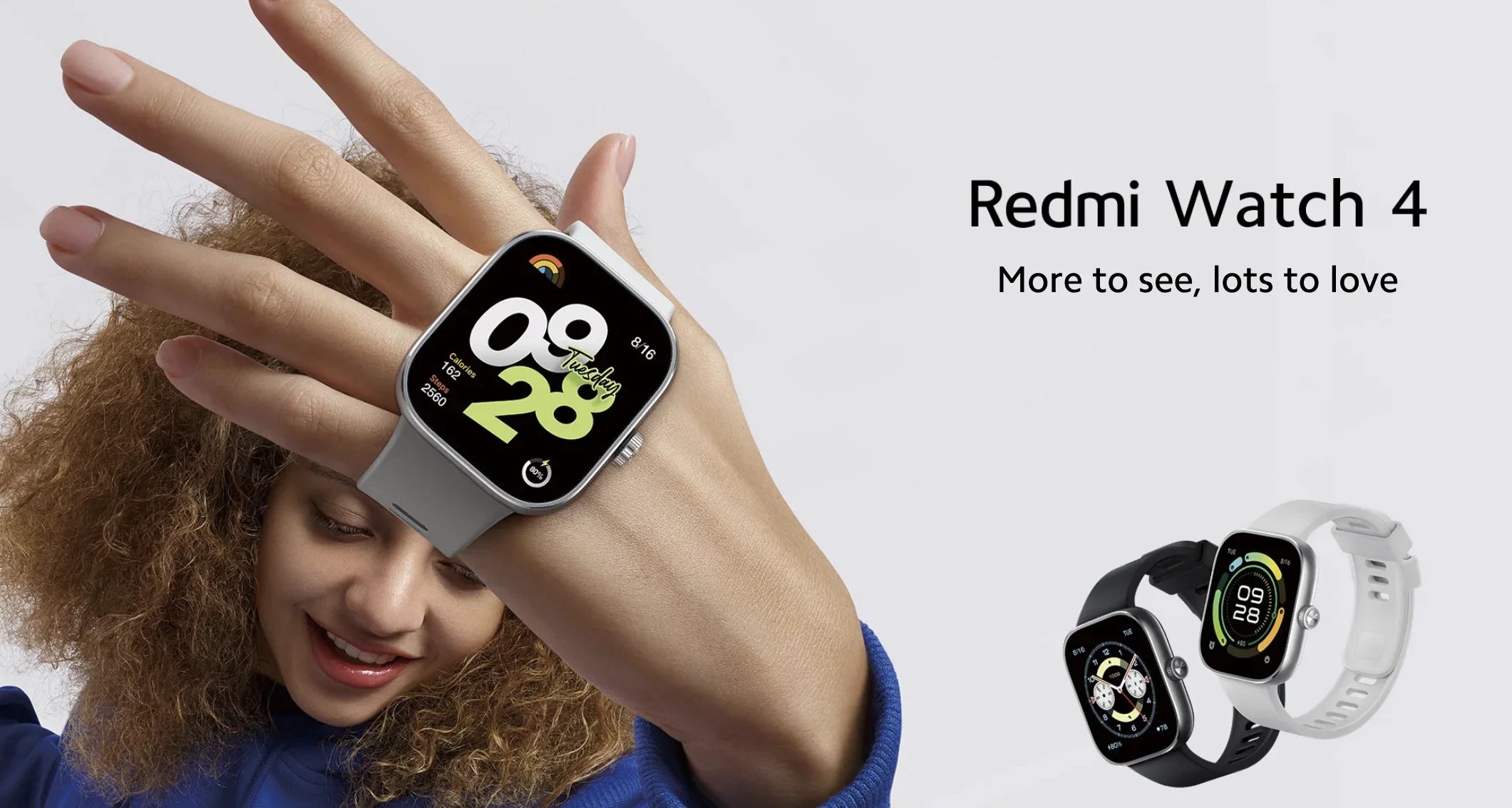
Redmi Watch 5: The Pinnacle of Affordability
Announced on November 27, 2024, and launching in January 2025, the Redmi Watch 5 is shaping up to be the most advanced in the series yet. Keeping with Xiaomi’s ethos, it’s expected to remain competitively priced, likely in the €90-€120 range, continuing the trend of delivering quality tech without breaking the bank. Key features expected are: [Source: Tuxiaomi.es]
- Display: A spacious 2.07-inch AMOLED screen with ultra-slim bezels, maintaining the 390 x 450 resolution and 60 Hz refresh rate. This should provide a more immersive viewing experience, with brightness up to 600 nits still ideal for sunny days. [Source: Mi.com]
- Battery: A beefy 550 mAh battery is anticipated, pushing battery life to a remarkable 24 days in moderate use. Even with heavy use, it’s projected to last around 13-15 days. [Source: Xataka]
- Design: Expect a lightweight aluminum frame and replaceable TPU straps in various colors, still with 5 ATM water resistance. However, some early reports suggest the TPU straps might still feel a bit delicate, so having spares might be a good idea long-term. [Source: Andro4all, Tuxiaomi.es]
- Features: It’s slated to offer over 150 sports modes, including 10 guided running classes, and enhanced health monitoring features like heart rate, SpO2, sleep, stress, and even vitality assessment. Multi-band GPS is a given, along with Bluetooth calls, and improved audio thanks to dual microphones. HyperOS 2 is expected to further refine connectivity with other Xiaomi devices and smooth out the interface. [Source: Tuxiaomi.es, Mi.com]
- Connectivity: Bluetooth 5.3, NFC (market dependent), and seamless syncing with the Mi Fitness app are expected. [Source: Tuxiaomi.es]
The Redmi Watch 5 is being hailed as a “definitive watch” in the sub-€100 segment, impressing with its battery life, larger display, and advanced health features. Still, the universal availability of NFC and strap durability remain potential sticking points for some users. [Source: Andro4all]
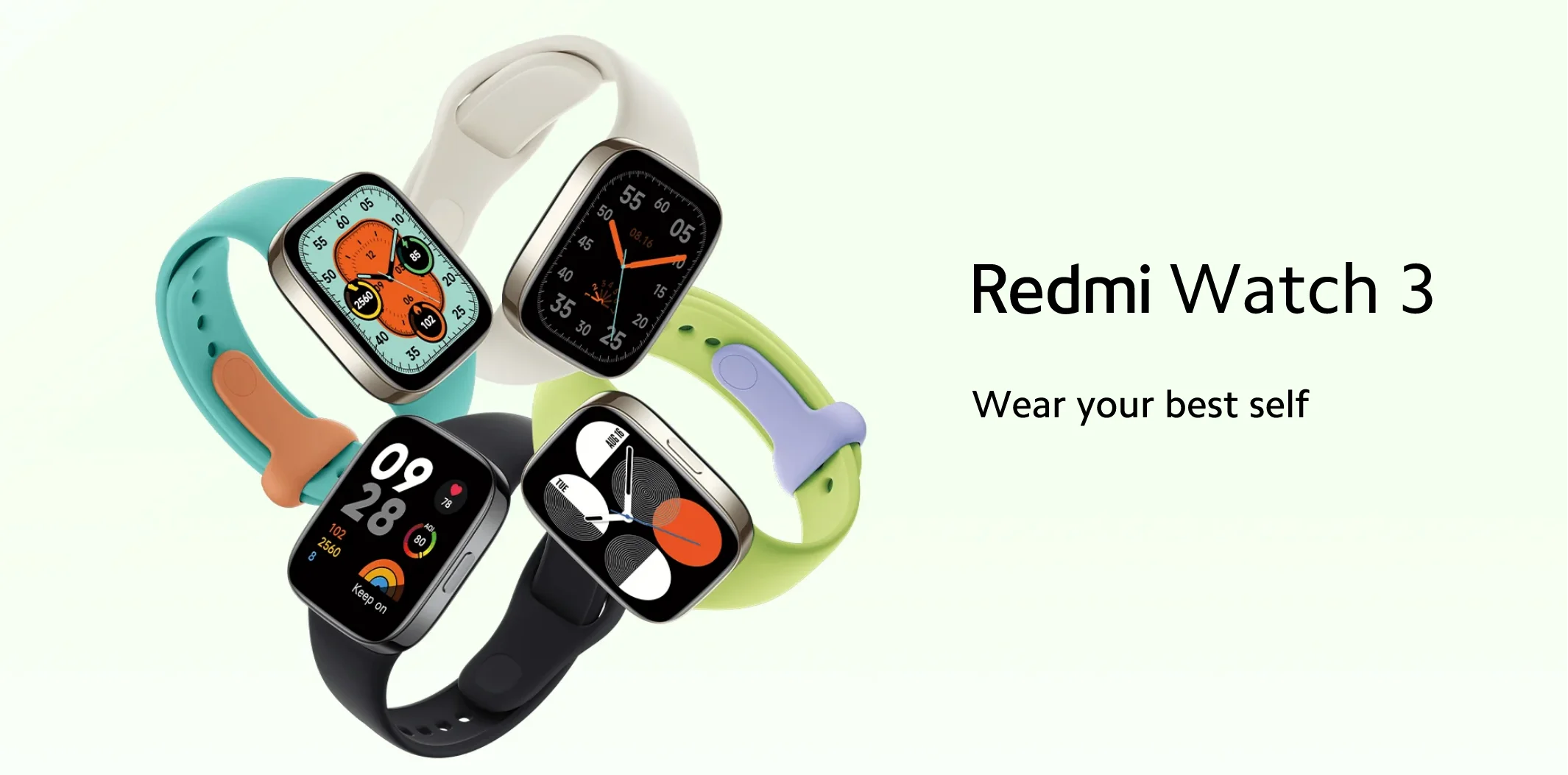
Technical Comparison: Redmi Watch 3 vs. Redmi Watch 4 vs. Redmi Watch 5
| Feature | Redmi Watch 3 | Redmi Watch 4 | Redmi Watch 5 |
|---|---|---|---|
| Display | AMOLED 1.75″, 390 x 450 px, 60 Hz | AMOLED 1.97″, 390 x 450 px, 60 Hz | AMOLED 2.07″, 390 x 450 px, 60 Hz |
| Battery | 289 mAh, up to 12 days | 470 mAh, up to 20 days | 550 mAh, up to 24 days |
| Design | Plastic body, 5 ATM, 37g | Aluminum body, 5 ATM, ~40g | Aluminum body, 5 ATM, ~40g |
| Operating System | RTOS | HyperOS | HyperOS 2 |
| Sports Modes | 121 | >120 | >150 |
| Connectivity | Bluetooth 5.2, GPS, NFC (limited) | Bluetooth 5.3, GPS, NFC (limited) | Bluetooth 5.3, GPS, NFC (limited) |
| Health Features | Heart rate, SpO2, sleep, stress | Heart rate, SpO2, sleep, stress | Heart rate, SpO2, sleep, stress, vitality |
| Bluetooth Calls | Yes | Yes | Yes, with 2 microphones |
| Initial Price | ~€119.99 (dropped to ~€70) | ~€99 | ~€90-€120 |
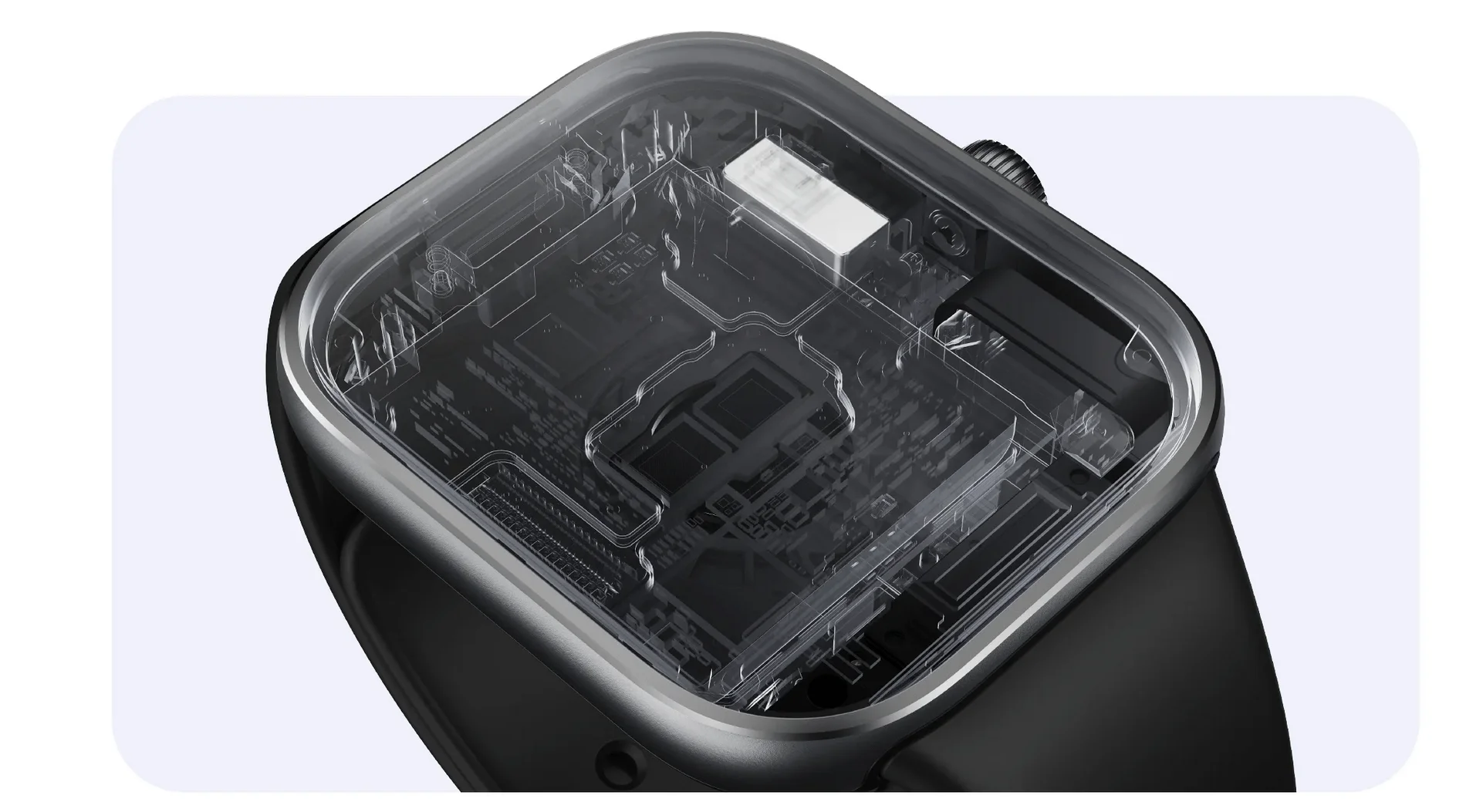
The Redmi Watch Series User Base
The Redmi Watch lineup has managed to attract a really diverse crowd, thanks to its affordability and versatility. Here are the main user profiles we’re seeing:
- Youngsters and Fitness Enthusiasts: The bulk of the users are typically young adults, say 18 to 35, looking for a budget-friendly watch to track their workouts and health. The Redmi Watch 5’s massive 150+ sports modes and accurate GPS make it perfect for casual runners, swimmers, and cyclists. [Source: Topes de Gama]
- Casual Users: These are folks who want a smartwatch for notifications, making Bluetooth calls, and basic health monitoring without shelling out for premium devices. The ease of use and smooth integration with the Mi Fitness app are big draws for this group. [Source: Xataka]
- Xiaomi Ecosystem Fans: If you’re already rocking a Redmi or POCO smartphone, you’ll appreciate the seamless integration with HyperOS, allowing you to control smart home devices right from your wrist. [Source: Tuxiaomi.es]
- Older Adults: The larger display on the Redmi Watch 5 (2.07 inches) and its straightforward interface are a real plus for older users who need to check the time or health stats without straining their eyes. [Source: Andro4all]
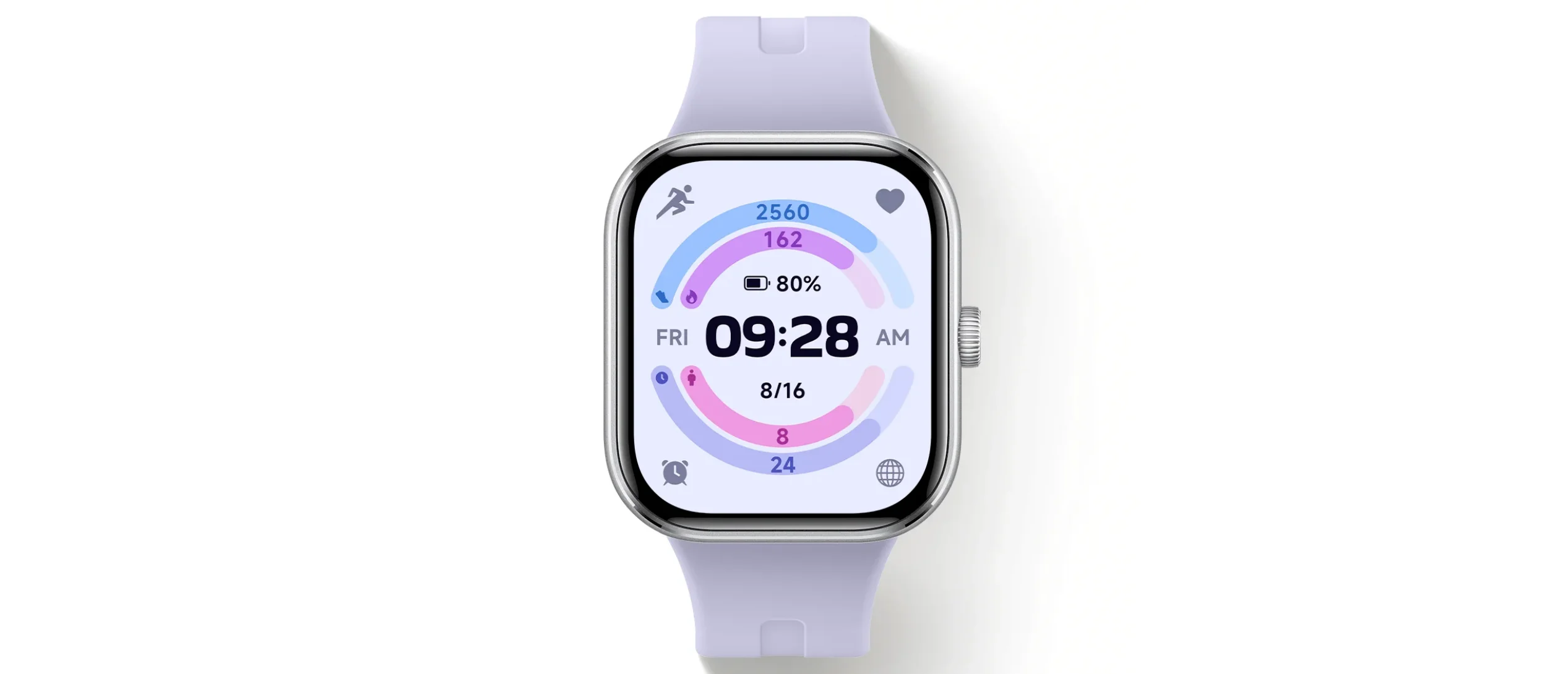
Markets with Strongest Penetration
The Redmi Watch series has made a significant impact across various regions, with notable success in these key markets:
- China:
As Xiaomi’s home turf, the Redmi Watches have been a massive hit, primarily due to their competitive pricing and the brand’s immense popularity. The Redmi Watch 5, with its HyperOS 2 integration, capitalized heavily on the demand for affordable wearables there. [Source: Tuxiaomi.es] - India:
India is a crucial market for Xiaomi, where consumers highly value the price-to-performance ratio. Redmi Watches are a big hit among young professionals looking for cost-effective alternatives to brands like Fitbit or Apple Watch. [Source: Topes de Gama] - Europe (Especially Spain):
In Spain, the Redmi Watch 3 and 4 have garnered excellent reviews on platforms like Amazon and PcComponentes, often scoring 4.5/5 and 4.9/5 respectively. Their availability in Mi Stores and frequent discounts have significantly boosted their adoption. [Source: Topes de Gama] - Latin America (Mexico & Colombia):
While penetration might be slightly lower compared to other regions, Xiaomi’s presence is growing, particularly with the Redmi Watch 4, which is readily available through official distributors and online channels. [Source: Mi.com]
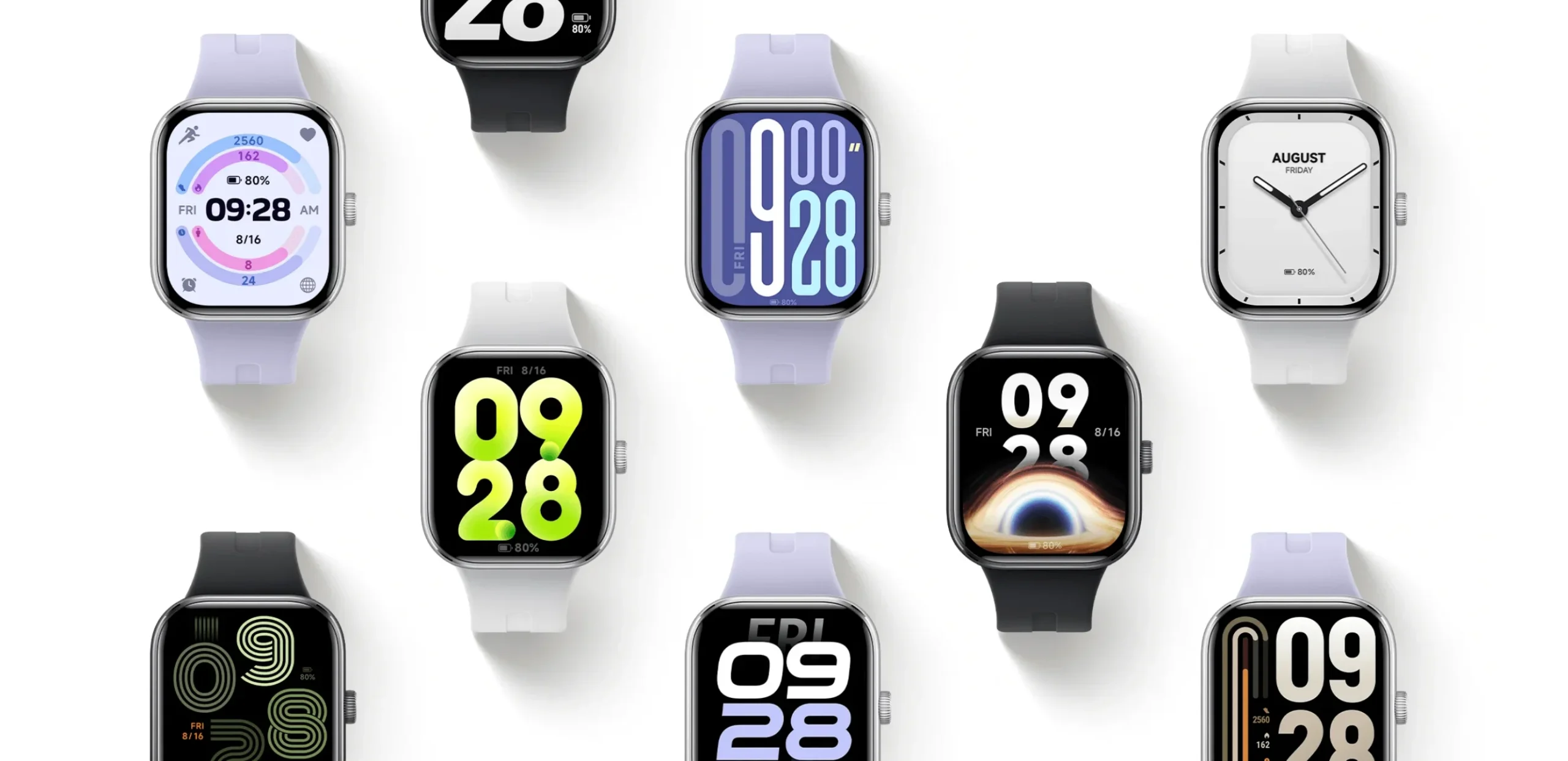
User Doubts and Frequently Asked Questions
Users often have questions about the functionality, compatibility, and limitations of the Redmi Watches. Here are some of the most common ones:
- How accurate is the health tracking?
The heart rate and SpO2 sensors are generally accurate for everyday use but aren’t medical-grade devices. For the best results, ensure the watch is snug on your wrist and the sensors are clean. [Source: Mi.com] - Can I reply to notifications from the watch?
None of these models allow direct replies to notifications, which is a limitation compared to premium smartwatches like the Apple Watch. However, you can view incoming notifications and answer Bluetooth calls. [Source: Xataka] - Is it compatible with iOS and Android?
Absolutely! All three models work seamlessly with both iOS and Android via the Mi Fitness app. Pairing is straightforward, and features like “Do Not Disturb” sync well with your smartphone. [Source: Xataka, Mi.com] - Why isn’t NFC available in all markets?
The NFC functionality for contactless payments is restricted to specific regions (primarily China) due to software limitations and agreements with payment providers. This has been a recurring point of feedback from European users. [Source: Topes de Gama] - Are the straps durable?
The silicone/TPU straps have faced some criticism for their durability, particularly on the Redmi Watch 3 and 5. It’s often recommended to purchase replacement straps, which are inexpensive and easy to swap out. [Source: Andro4all, Topes de Gama]

FAQs on Redmi Watch 3, 4, and 5
1. What’s the main difference between the Redmi Watch 3, 4, and 5?
The key differences lie in the display size (growing from 1.75″ to 2.07″), battery capacity (289 mAh to 550 mAh), and the operating system (RTOS on the Watch 3, HyperOS on the 4, and HyperOS 2 on the 5). The Watch 5 also boasts more sports modes and enhanced integration with the Xiaomi ecosystem.
2. Is it worth upgrading from the Redmi Watch 3 to the 5?
If you’re after a larger screen, significantly longer battery life (up to 24 days), and a smoother OS experience, the Redmi Watch 5 is a compelling upgrade. However, if your Redmi Watch 3 still meets your daily needs, the upgrade might not be essential.
3. Can I wear these watches for swimming?
Yes, all models come with 5 ATM water resistance, making them suitable for swimming in pools or shallow waters. Just remember, they’re not designed for diving or hot showers. [Source: Mi.com]
4. How long does charging take?
The Redmi Watch 3 typically takes around 1.5 hours for a full charge. The Watch 4 is a bit quicker at about 1.2 hours, and the Watch 5 is expected to charge even faster, around 1 hour, using its proprietary magnetic charger. [Source: Xataka]
5. How reliable is the GPS?
The multi-band GPS on all three models offers good accuracy for outdoor activities, supporting GPS, Galileo, GLONASS, and QZSS. The Watch 5’s GPS is expected to be the fastest in acquiring a signal. [Source: Mi.com]
The Takeaway
The Redmi Watch series has seen remarkable progress since the debut of the Redmi Watch 3, which established itself as a functional and affordable option. Now, with the Redmi Watch 5, we’re seeing a device that marries premium design, outstanding battery life, and advanced features powered by HyperOS 2. Each iteration has consistently improved upon display quality, battery longevity, and connectivity, all while staying true to Xiaomi’s commitment to value for money. Users, from young fitness enthusiasts to older individuals, have embraced these watches for their versatility and user-friendliness. Key markets like China, India, and Europe have been instrumental in their widespread success. While limitations like the inconsistent availability of NFC and the occasional concerns about strap durability persist, the Redmi Watch series remains a top contender in the affordable wearable segment.
If you’re in the market for a smartwatch that strikes a balance between style, functionality, and an accessible price point, the Redmi Watch 3, 4, and 5 are definitely worth considering. Got any lingering questions about which one to pick? Drop your queries below and share your own experiences with these fantastic devices!
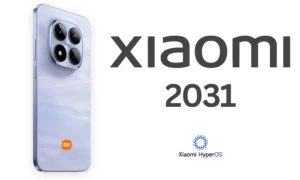
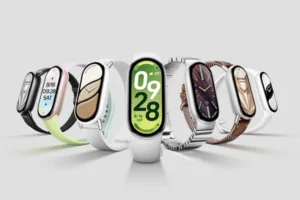

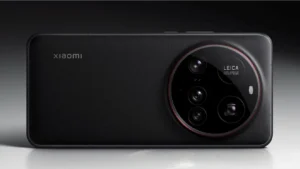



1 thought on “Redmi Watch 3 vs 4 vs 5: Full Comparison & Evolution”